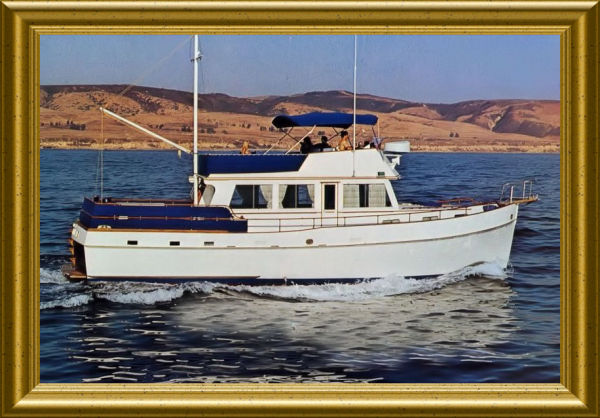jmunro123
Member
It must be winter - I am going to hypothetical question mode.
I was wondering something. The Props on our boat are 22x22's. At about 2000 RPM the boat travels about 10MPH and burns about 10GPH total. At 3600 RPM it travels 20MPH or so and burns about 42 GPH.
I was wondering if I wanted to use the boat like a Trawler and travel at hull speed what props would make the most sense. I was told if I went to a 22x24 the speed would stay the same but the RPM would be closer to 1700. So how far could I increase the pitch assuming the boat was not driven over 10MPH?
So this is for a Trawler conversion, I understand if the boat had a 22x (something to large) and I tried to go fast it would heat up the engine. But a trawler speeds I doubt it would be a problem.
Thoughts - btw - when will summer be here again???
I was wondering something. The Props on our boat are 22x22's. At about 2000 RPM the boat travels about 10MPH and burns about 10GPH total. At 3600 RPM it travels 20MPH or so and burns about 42 GPH.
I was wondering if I wanted to use the boat like a Trawler and travel at hull speed what props would make the most sense. I was told if I went to a 22x24 the speed would stay the same but the RPM would be closer to 1700. So how far could I increase the pitch assuming the boat was not driven over 10MPH?
So this is for a Trawler conversion, I understand if the boat had a 22x (something to large) and I tried to go fast it would heat up the engine. But a trawler speeds I doubt it would be a problem.
Thoughts - btw - when will summer be here again???




